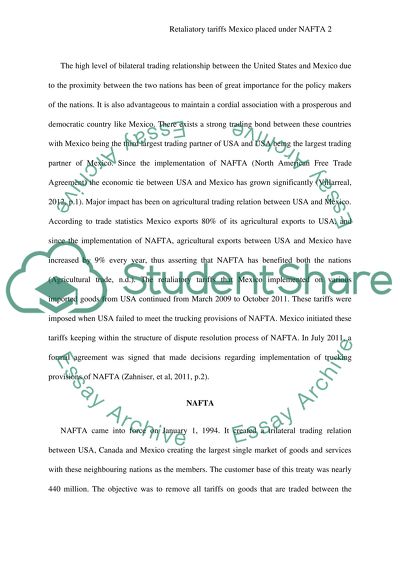Cite this document
(“Retaliatory tariffs Mexico placed under NAFTA Research Paper - 1”, n.d.)
Retaliatory tariffs Mexico placed under NAFTA Research Paper - 1. Retrieved from https://studentshare.org/history/1616950-retaliatory-tariffs-mexico-placed-under-nafta
Retaliatory tariffs Mexico placed under NAFTA Research Paper - 1. Retrieved from https://studentshare.org/history/1616950-retaliatory-tariffs-mexico-placed-under-nafta
(Retaliatory Tariffs Mexico Placed under NAFTA Research Paper - 1)
Retaliatory Tariffs Mexico Placed under NAFTA Research Paper - 1. https://studentshare.org/history/1616950-retaliatory-tariffs-mexico-placed-under-nafta.
Retaliatory Tariffs Mexico Placed under NAFTA Research Paper - 1. https://studentshare.org/history/1616950-retaliatory-tariffs-mexico-placed-under-nafta.
“Retaliatory Tariffs Mexico Placed under NAFTA Research Paper - 1”, n.d. https://studentshare.org/history/1616950-retaliatory-tariffs-mexico-placed-under-nafta.


